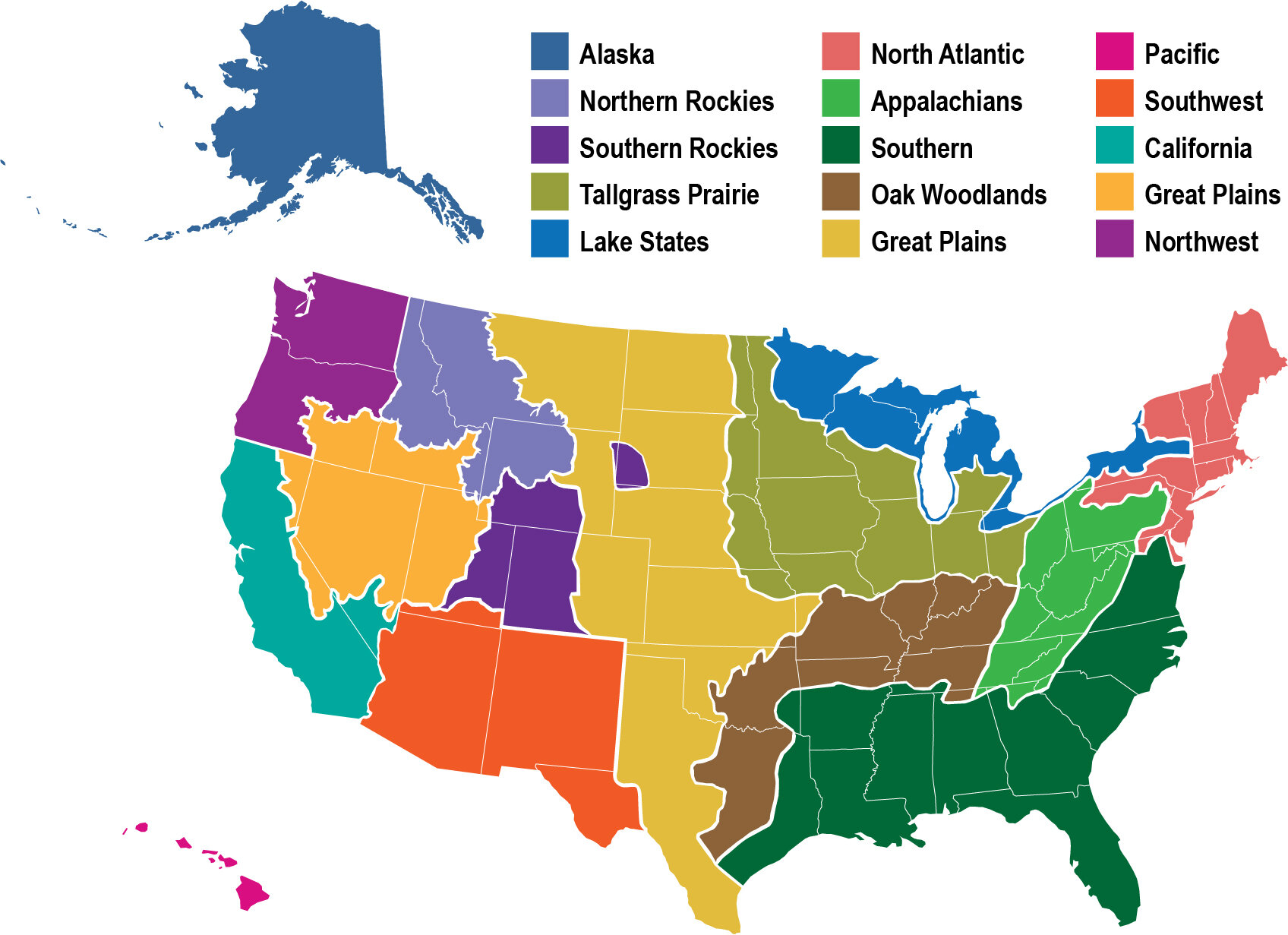Postfire Plant Demography and Functional Types (in chaparral and sagebrush plant communities): USGS Research Brief
/This study used highly detailed demographic data to investigate vegetation recovery during the first five years after fire in southern California chaparral and sage scrub.
View USGS Research Brief PDF >



